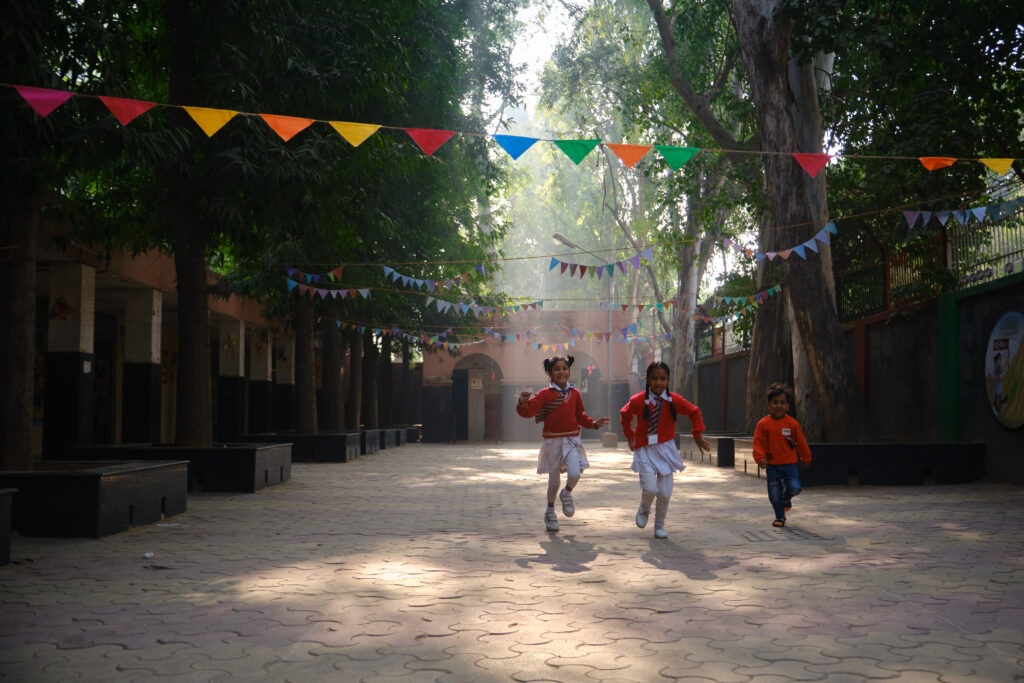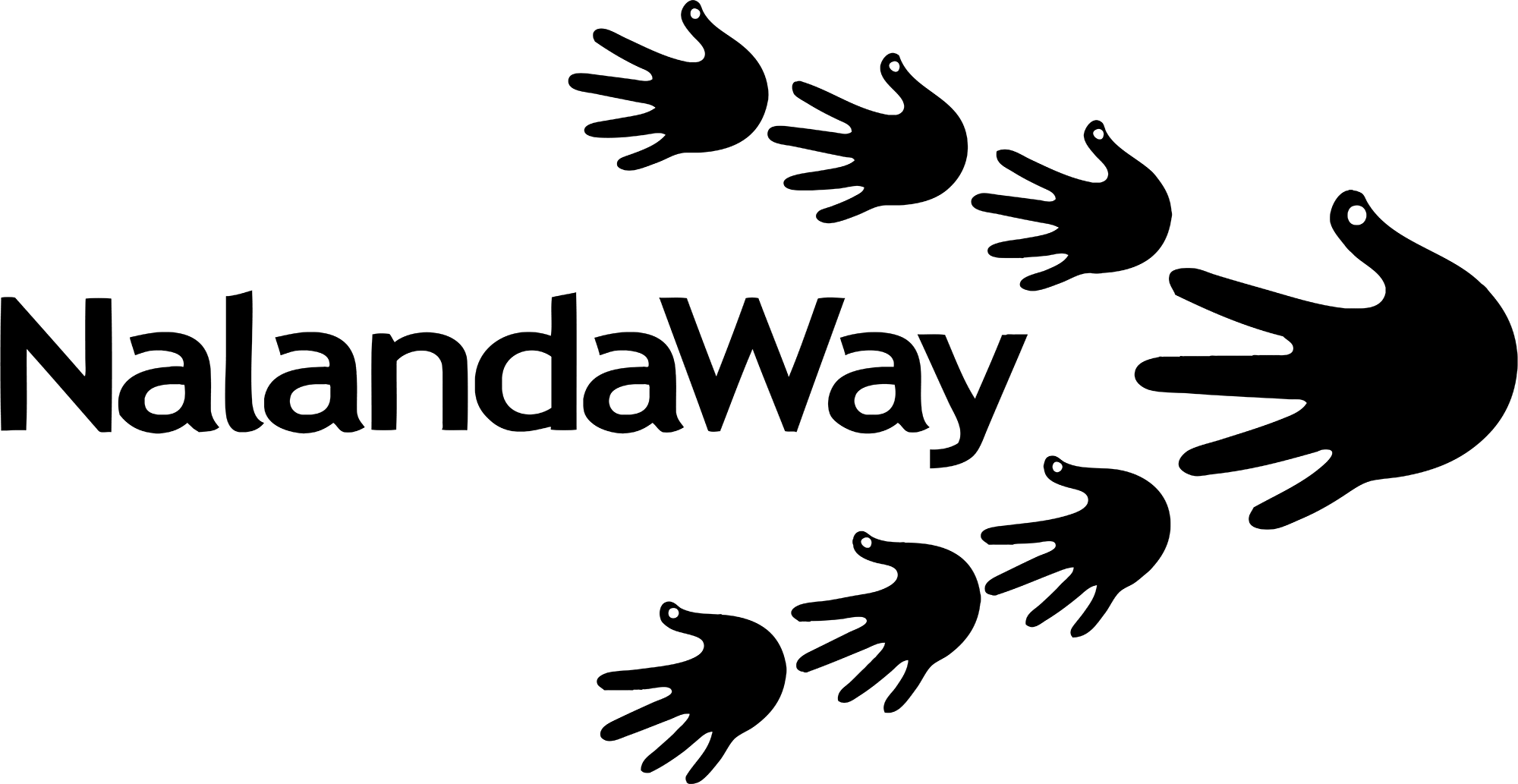
As a young social sector professional venturing into the field of project implementation, my experience, working as a project associate in the Delhi Arts Curriculum project has been nothing less than a plethora of learning experiences.
The Delhi Arts curriculum project is a pilot project, attempting to test out the introduction of a structured arts curriculum for grades 1-5, and grade 8, in 9 selected schools by the Directorate of Education, Delhi government. While the pilot is still under process, and we eagerly await the insights we derive from the entire exercise, here are some basic program implementation-level learnings that the team has gathered in the last few months.
1. Understand the ecosystem of the school
For effective implementation of any school-based project, understanding the ecosystem of the school and moulding decisions accordingly is very important. The ecosystem consists of the multiple relationships that exist between the different stakeholders in the school i.e. Head of School, Teachers, Students and Parents. The relationship between each of these stakeholders influences the mechanisms that are followed in school for regular functioning. While many of the factors playing out related to this are unseen and very dynamic in nature, their importance nevertheless can not be underestimated.
For example: During the implementation stage of the Delhi Arts Curriculum project, we observed that while in some schools recognition and acknowledgement from the head of school acted as a motivator for teachers, in other schools it did not have the same perceived impact. Rather, the added competitive edge of the primary section compared to the secondary section due to the various art activities and vibrant programs that they were setting up for different school events, worked as a stronger motivational factor.
2. Context matters
It surprises me when people use the term ‘Indian context’ loosely indicating a homogenous context. In the past few months, I observed that the context of each of the 9 schools in Delhi, where we were implementing our pilot project was so vastly different from the others, that the term “Indian context” or even “Delhi context” as a homogenous term would be far from accurate.
For instance: The geographical location of the school, the community from which the children belong and the primary source of income of their families all influence the child’s experience and perception of the world around them. While a child from a small village community in a school located near the airport dreams of “an ideal job in the airport”, their contemporary in a school located in a relatively wealthier locality of South Delhi talks of UFOs, space travel, and Disney animated movies that they have been exposed to.
3. Accountability and transparency
Accountability and transparency of processes are two factors that smoothen the process of implementation of a project and help the different stakeholders align to the objectives of the project. For instance, the introduction of a monthly newsletter with details of lesson plans facilitated per month – grade-wise, teacher anecdotes and student anecdotes with photographs, served as a communication channel between the teachers, heads of schools, NalandaWay and the Directorate of Education.
The newsletters were an effective mechanism for the accountability and recognition of the efforts of the different players involved in the project.
4. Patterns, predictability and routines
One interesting learning in some of our schools was that the patterns and routines helped us get into the implementation process faster and more effectively. For instance, in a particular school, our art lesson plans were implemented post lunch break every day. This helped teachers see that the time period was dedicated especially to art sessions and develop a habit of facilitating the same for the students during that designated hour.
5. Visibility, recognition and appreciation
As cliche as it may sound, I can not stress the importance of visibility, recognition and appreciation of the individuals implementing the program on the field level enough. This is a huge motivator if done genuinely with empathy. Based on the context and the ecosystem, different techniques could be used, for example, having a special Delhi arts corner in each school, newsletters with teacher anecdotes sharing specific incidents where certain teachers outperformed, or social media posts. It was observed that the visibility of their schools, amongst the other DOE schools, served as a motivational factor amongst heads of schools as well!
6. Involve the parents
Parents are an important part of a child’s ecosystem, and yet often not kept in the loop in many school-based activities. The participation of parents in school, beyond traditional parents teacher meetings and results days, enriches their participation in their child’s education.
Inviting them for school art exhibitions/ performances or sharing updates with them on WhatsApp not only helps the parents understand the project and its objectives, but also helps in creating a learning environment for the child which is supportive and encouraging in nature, both in school and at home.
7. Observe. Document. Observe.
Observations of school ecosystems, teacher participation, student engagement, parental attitude and various other aspects of the program are key for effective decision-making on the field. Given this reality, a strong monitoring and evaluation framework becomes necessary. Some key pointers to keep in mind with respect to the monitoring and evaluation (M&E) plan for such a program include – documenting contextual variables, collecting data from various stakeholders and triangulating it and using innovative child-led art-based data collection tools. This not only helped us gain a micro perspective of what is happening in one school but also a macro perspective of what the implementation of such a program looks like on an overall level. Such a mechanism strengthened the field team, as it allowed for a lot of cross-school learning.
Written by Noyonika Gupta, Associate – Projects at NalandaWay Foundation. Noyonika holds a Master’s in Applied Psychology. Her key interests involve research work centering around mental health, positive psychology, child and adolescent development. At NalandaWay Foundation, she is involved in the Delhi Arts Curriculum project.

